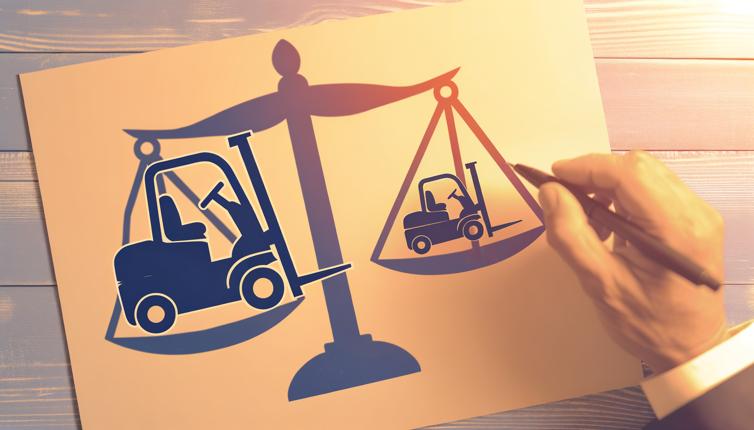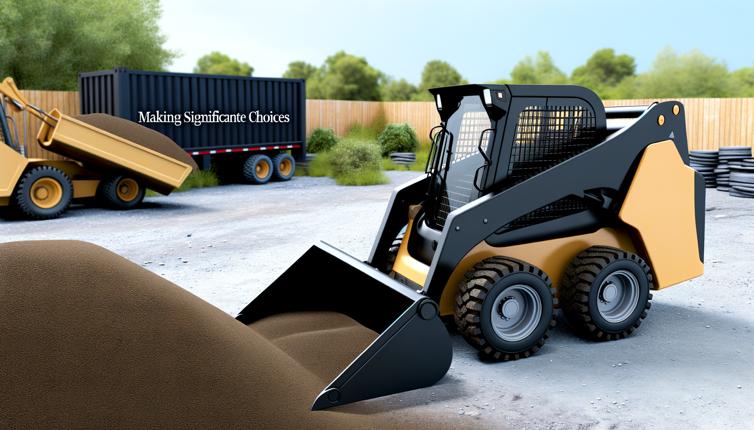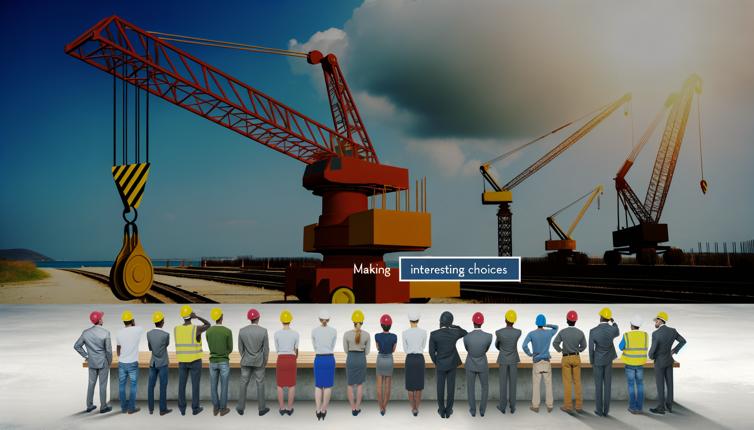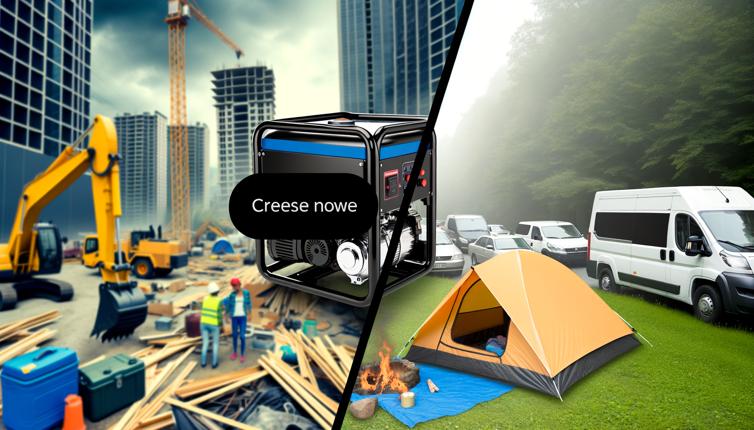Types of Forklifts
There are several types of forklifts available, and each type is designed for specific applications. The most common types include:,- Counterbalance forklifts: These forklifts have a weight at the rear to counterbalance the load, making them suitable for indoor and outdoor use.,- Reach forklifts: These forklifts are designed for narrow spaces and have an extending mechanism that allows them to reach high shelves.,- Electric forklifts: These forklifts are powered by electric batteries, making them ideal for indoor use where exhaust emissions are a concern.,- Rough terrain forklifts: These forklifts are designed for outdoor use on uneven surfaces and rough terrains, making them perfect for construction sites and agricultural applications.,Understanding the different types of forklifts will help you determine which one is best suited for your specific needs.
Weight Capacity and Lift Height
One of the most important factors to consider when choosing a forklift is its weight capacity and lift height.,The weight capacity refers to the maximum weight the forklift can lift and carry. It is essential to determine the average weight of the loads you will be handling to ensure the forklift can handle them safely.,The lift height refers to the maximum height the forklift can lift the load. Consider the height of your storage racks or shelves to ensure the forklift can reach the required height.,Choosing a forklift with the right weight capacity and lift height will prevent any safety hazards and ensure the efficient handling of your materials.
Operating Environment
The operating environment plays a significant role in choosing the right forklift for your business.,If you will be using the forklift indoors, consider factors such as floor conditions, aisle width, and door height. Electric forklifts are typically the best choice for indoor use due to their zero-emission operation and ability to maneuver easily in tight spaces.,For outdoor applications, consider the terrain, weather conditions, and the need for off-road capabilities. Rough terrain forklifts are specifically designed for outdoor use and can handle uneven surfaces and rough terrains.,By assessing your operating environment, you can select a forklift that is best suited to handle the demands of your workplace.
Conclusion
Choosing the right forklift involves considering various factors such as the type of forklift, weight capacity, lift height, and operating environment. It is essential to evaluate your specific business requirements and consult with industry professionals before making a decision. By selecting the appropriate forklift, you can improve efficiency, productivity, and ensure a safe working environment.









